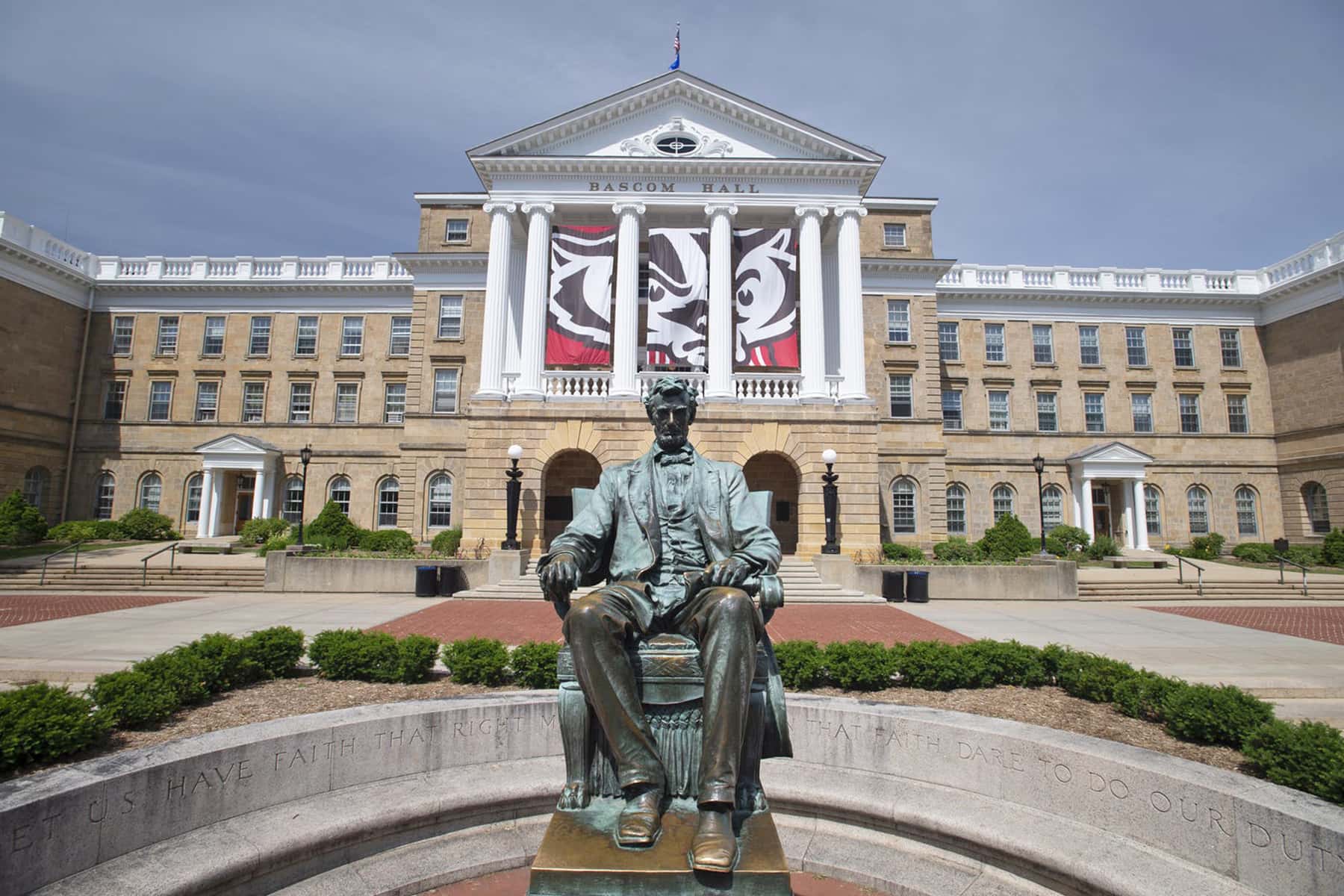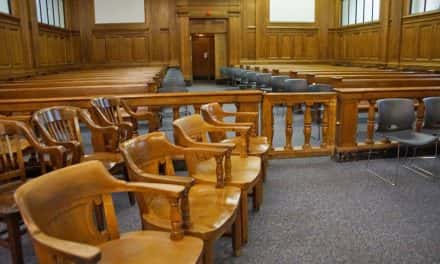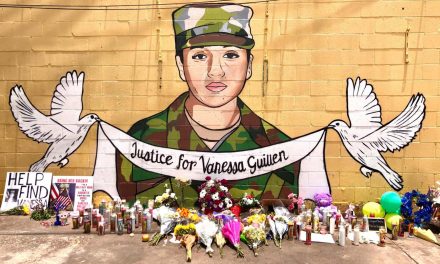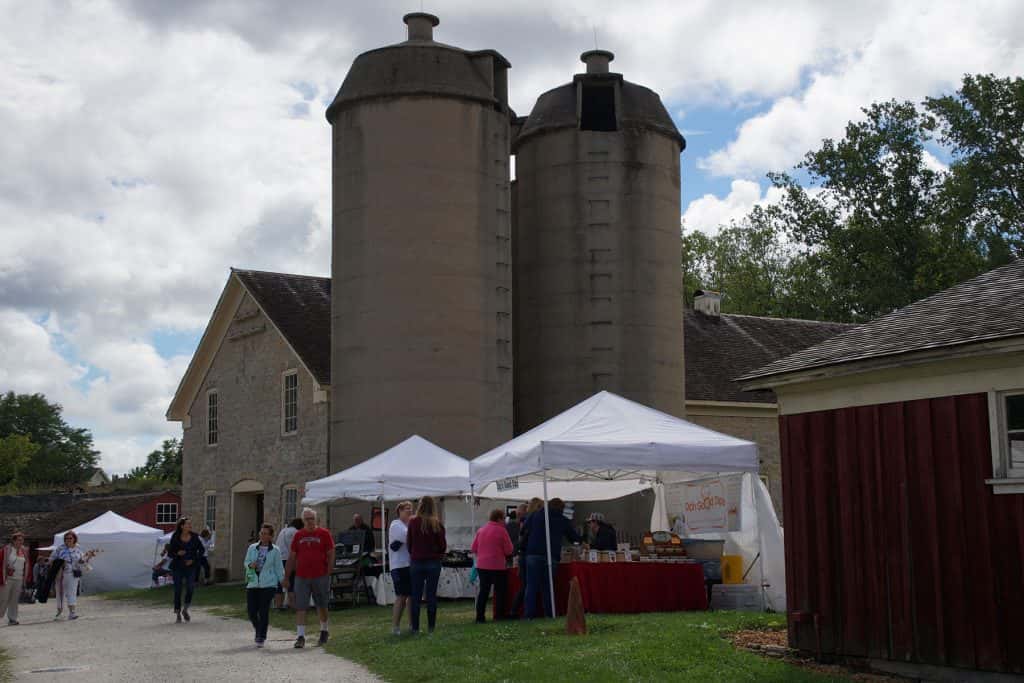
The University of Wisconsin System’s in-state student enrollment has dropped sharply over the last nine years, reflecting declining regional populations and system efforts to get students to graduation faster, according to a report state auditors released recently.
The loss of in-state students has been nearly offset by rising nonresident enrollment, helping total tuition revenue grow by $336 million, the report said.
UW System President Ray Cross did not address the enrollment shift in a letter to auditors responding to the report. He did cite declining enrollment in 2017 to justify his plan to merge the system’s two-year schools with its four-year campuses.
Republican Senator Rob Cowles, co-chairman of the Legislature’s audit committee, said the enrollment trend is resulting in more tuition money for the system. He said he would be concerned if in-state students were losing slots in classes to nonresidents, but he does not know if that is happening because the audit doesn’t examine that issue.
The committee’s other co-chair, Republican Representative Samantha Kerkman, said attracting nonresident students means more money and a chance to persuade them to stay and work in the state after graduation. Republicans and businesses often contend that Wisconsin faces a worker shortage that will only worsen as the population ages.
“If they’re willing to come and spend four years in college and get accustomed to our weather, it gives us at least a little leg up (against other states),” said Representative Kerkman.
Auditors found in-state enrollment dropped by 12,881 students between academic years 2008-09 and 2017-18, from 138,018 students to 125,137 students. Auditors spoke to staff at seven schools — Milwaukee, Stevens Point, Parkside, Eau Claire, River Falls, Oshkosh and Superior — to understand what’s driving the decline.
Some schools told them that declining regional populations might be playing a role. UW-Superior noted that declining populations in northern Wisconsin means fewer students are eligible to enroll at the school.
Most of the institutions noted a decline in the number of Wisconsin high school graduates. The audit cites state Department of Public Instruction data that shows 6.1 percent fewer students graduated in school year 2016-17 than in 2009-10.
Other campuses said more students are not enrolled as long because the system has been working to improve the four-year graduation rate. Nearly 40 percent of freshmen enrolled in fall 2013 graduated in four years compared with nearly 29 percent of freshmen who enrolled in fall 2003.
Nonresident student enrollment, meanwhile, grew by 10,558 students between academic years 2008-09 and 2017-18. Auditors said institutions indicated diversity initiatives have attracted nonresident students.
Milwaukee and Superior said they have specifically targeted international students as part of a diversity initiative. Parkside and Milwaukee both noted that the Midwest Student Exchange Program allows Illinois students to attend UW schools for less than some Illinois institutions.
The influx of out-of-state students is huge for the system because they pay far more in tuition than resident students. Republican lawmakers also have frozen in-state tuition rates since 2013, driving some schools to increase nonresident and graduate tuition rates.
Taken together, tuition revenue grew by $366 million between fiscal years 2008-09 and 2017-18, from $933.4 million to $1.3 billion. Nearly 40 percent of the increase is tuition paid by nonresident students. Even though tuition increased for the system as a whole, nine of 14 UW institutions have seen tuition revenue decrease since the resident rate freeze went into effect.
Keegan Kyle
Jeff MiIIer
Originally published on Wisconsin Public Radio as Audit: Fewer Wisconsin Residents Enrolling At UW System














